Your SEO Dictionary: Translating SEO Jargon andVocabulary

404 Error
A 404 error is an error message that is displayed when a web page cannot be found.
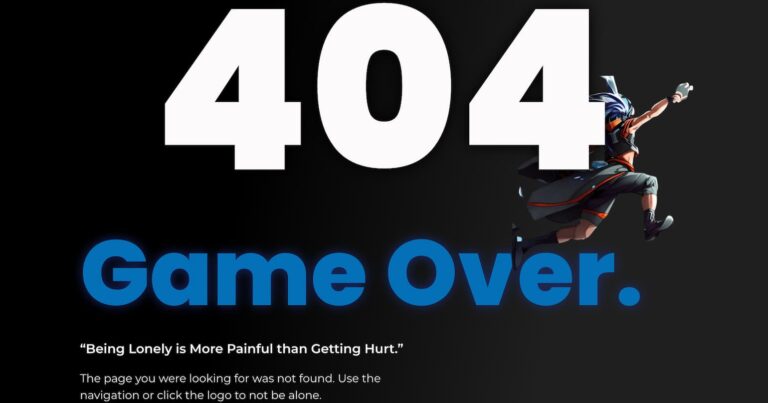
Ahrefs - "H-refs"
Ahrefs is a popular SEO tool that offers a variety of features, including backlink analysis, keyword research, and site audits.
Alt Text - Alternative Text
Alt text is text that is used to describe images on a web page. Alt text is important for accessibility and SEO.
Backlink
A backlink is a link from another website to your website. Backlinks are a valuable ranking factor for search engines.
Canonical URL
A canonical URL is the preferred URL for a web page. Using a canonical URL can help to prevent duplicate content issues.
Crawler
A crawler is a program that is used to index websites. Crawlers are used by search engines to find new and updated content.
Domain Authority
Domain authority is a metric that measures the strength of a website’s domain name. While it is not a ranking factor used by Google or Search Engines, it helps measure the trust, and credibility of a website.
Google Analytics
Google Analytics is a free tool that can be used to track website metrics and performance, such as website traffic, bounce rate, conversion rate, and more.
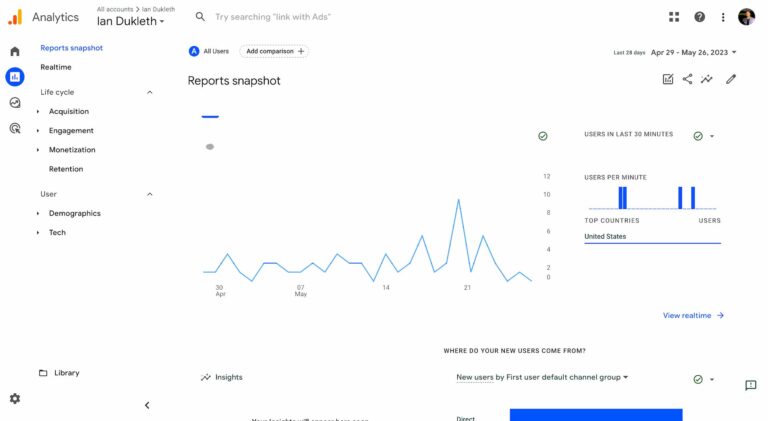
Google Search Console
Google Search Console is a free tool that can be used to manage a website’s SEO. Google Search Console can be used to track website rankings, fix errors, and submit sitemaps.
Keyword
A keyword is a word or phrase that a user might type into a search engine. Keywords are important for SEO because they are used to determine how a website ranks in search results.
Keyword Research
Keyword research is the process of finding and researching keywords that are relevant to a website. Keyword research is an essential part of SEO because it helps to ensure that a website is optimized for the proper keywords.
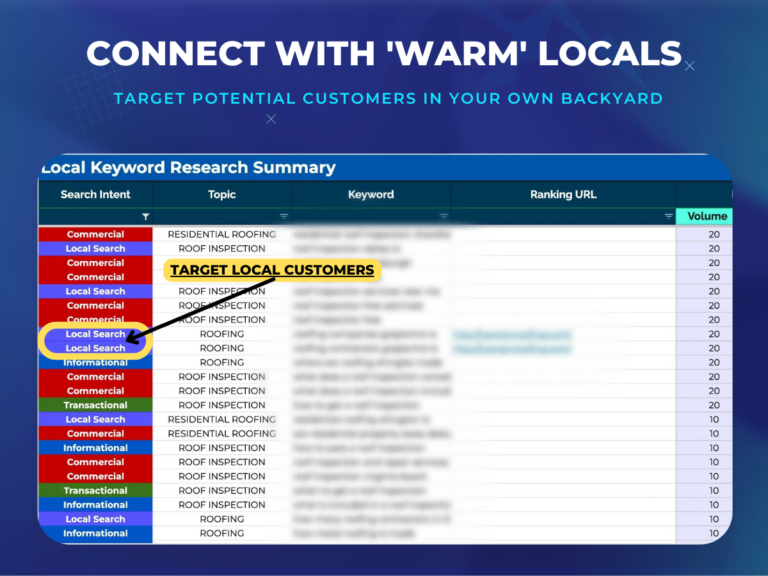
Local SEO
Local SEO is the process of optimizing a website for local search results. Local SEO is important for businesses that want to be found by potential customers who are searching for their products or services in their local area.
On-Page SEO
On-page SEO is the process of optimizing a website’s content, structure, and code for search engines. On-page SEO is an important part of SEO because it helps to ensure that a website is optimized for the right keywords and that it is easy for search engines to crawl and index.
Outbound Link
An outbound link is a link from a website to another website. Outbound links can be used to improve a website’s authority and to help users find more information.
Site Speed
Site speed is the time it takes for a website to load for all users, regardless of their device or location. Site speed is an important ranking factor for search engines.
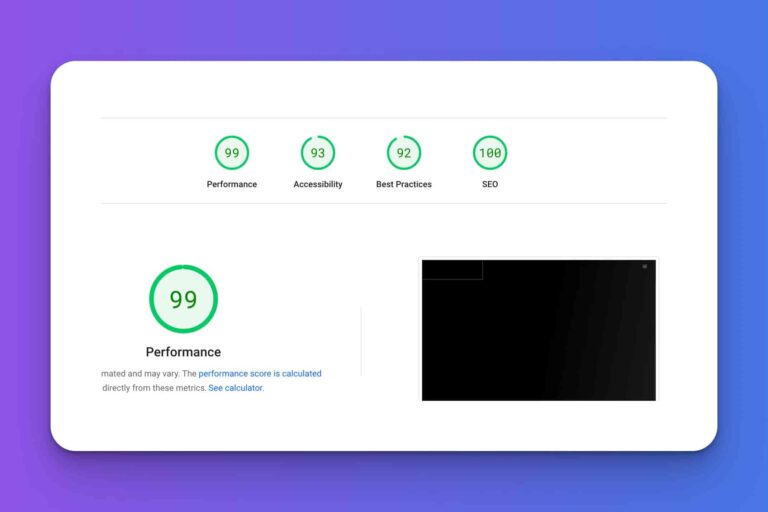
Paid Search
Paid search is a type of online advertising that allows businesses to pay to have their ads displayed at the top of search results pages. Paid search is a valuable way to reach potential customers who are searching for products or services.
Relevance
Relevance is the degree to which a web page is relevant to a user’s search query. Relevance is an important ranking factor for search engines.
Schema Markup
Schema markup is a type of code that can be used to add additional information to a web page. Schema markup can be used to improve the way that a web page is displayed in search results.
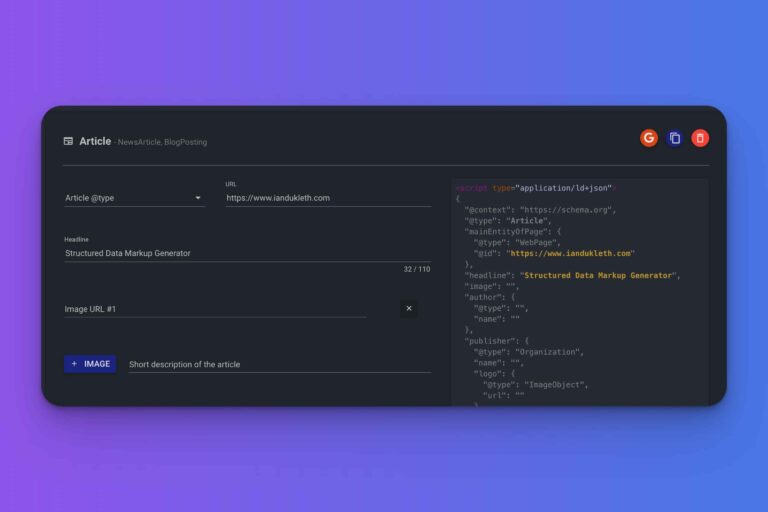
Search Engine Optimization (SEO)
SEO is the process of improving a website’s ranking in search results. SEO is an important part of online marketing because it helps businesses to reach more potential customers.
Search Engine Results Page (SERP)
A SERP is the page that is displayed when a user performs a search. SERPs typically include a list of websites that are relevant to the user’s search query.
Sitemap
A sitemap is a file that tells search engines about the pages on a website. Sitemaps can be used to help search engines crawl and index a website more quickly.
Title Tag
The title tag is the text that appears in the title bar of a web browser. The title tag is an important ranking factor for search engines.
Web Accessibility
Web accessibility is the degree to which a website can be used by people with disabilities. Web accessibility is important because it ensures that everyone can access the information on a website.
White hat SEO
White hat SEO is a set of ethical practices that are used to improve a website’s ranking in search results.
AMP (Accelerated Mobile Pages)
AMP stands for Accelerated Mobile Pages. AMP is a project from Google that aims to create web pages that load quickly on mobile devices.
Breadcrumbs
Breadcrumbs are a navigation tool that helps users to find their way around a website. Breadcrumbs typically appear at the top of a web page and show the user’s current location within the website hierarchy.
Crawl Budget
A crawl budget is the amount of time that a search engine will spend crawling a website. The crawl budget can be affected by a number of factors, including the size of the website, the number of pages, and the frequency of updates.
Directory Submission
Directory submission is the process of submitting a website to a directory. Directories are websites that list other websites. Directory submission can help to improve a website’s visibility in search results.
Dwell Time
Dwell time is the amount of time that a user spends on a web page before clicking on another link or leaving the website. Dwell time is an important ranking factor for search engines.
Google My Business or Google Business Profile
Google My Business (GMB) or Google Business Profile (GBP) is a free tool that allows businesses to manage their online presence. GMB can be used to create a listing for a business, add photos, and provide information about the business.
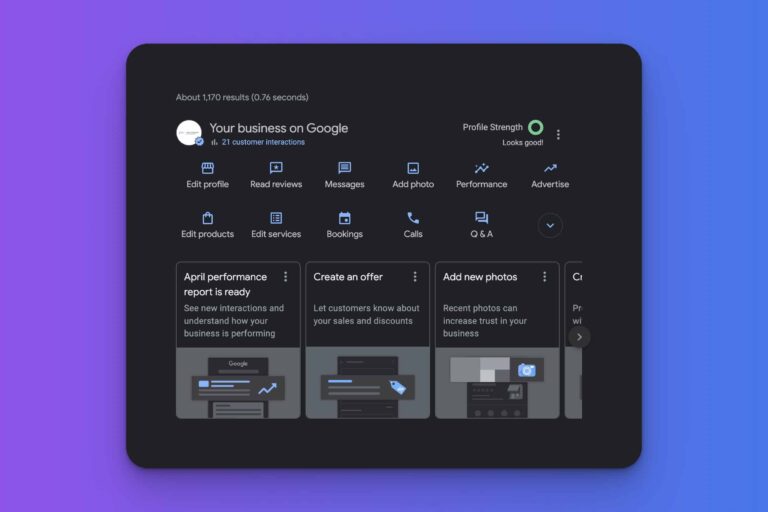
Inbound Link
An inbound link is a link from another website to your website. Inbound links are a valuable ranking factor for search engines.
JavaScript
JavaScript is a programming language that is used to add interactivity to web pages. JavaScript can be used to create animations, pop-ups, and other interactive elements.
Local Citation
A local citation is a mention of a business online. Local citations can be found in directories, social media, and other online listings. Local citations can help to improve a business’s visibility in local search results.
Meta Description
The meta description is the text that appears in the search results below the title tag. The meta description is used to give users a brief overview of the content of a web page.
Mobile-friendly
Mobile-friendly refers to a website that is designed to be viewed on mobile devices. Mobile-friendly websites are important because more and more people are using their mobile devices to access the internet.
Nofollow
The nofollow attribute is an HTML attribute that can tell search engines not to follow a link. Nofollow links are often used to prevent spam and discourage users from clicking on links irrelevant to their search query.
Panda
Panda is a Google algorithm that was created to combat low-quality content. Panda penalizes websites that contain low-quality content, such as spam, duplicate content, and thin content.
Penguin
Penguin is a Google algorithm that was created to combat spam and manipulative link building. Penguin penalizes websites that have engaged in spammy or manipulative link-building practices.
Structured Data
Structured data is a standardized format for data that can be used to improve the way that information is displayed in search results. Structured data can be used to create rich snippets
Skyscraper Technique
The skyscraper technique is a method for creating high-quality content that outranks existing content on a topic. The skyscraper technique involves creating content that is longer, more comprehensive, and more informative than the existing content.
Thin Content
Thin content is content that is low-quality or that does not provide any value to users. Thin content can hurt your website’s SEO and can make it less likely that users will return to your website.
User experience (UX)
UX is the overall experience that a user has when using a website. UX is an important factor for SEO because it can affect how long users stay on a website and how likely they are to return.
Black Hat SEO
Black hat SEO is a set of unethical practices that are used to improve a website’s ranking in search results. Black hat SEO techniques are risky and can get your website penalized by search engines.
Grey Hat SEO
Grey hat SEO is a set of practices that fall somewhere between white hat and black hat SEO. Grey hat SEO techniques are not always safe and can sometimes get your website penalized by search engines.
Clusters
In the context of SEO and content marketing, clusters refer to a group of web pages that are interconnected through hyperlinks, typically revolving around a common theme or subject matter. This is known as “topic clustering“.
Pillar Pages
A pillar page is a comprehensive piece of content that covers a broad topic in depth and links out to clusters of related content. It serves as the foundation of a content cluster and works to establish topical authority.
Internal Linking
Internal linking refers to the practice of creating hyperlinks between different pages on the same website. This not only aids in website navigation but also helps search engines understand the structure and hierarchy of content on a site, boosting SEO.
Link Building
Link building is an SEO strategy that involves acquiring hyperlinks from other websites to your own. These inbound links, also known as “backlinks”, can improve a site’s search engine visibility as they’re seen as a vote of confidence from one site to another.
Topical Authority
Topical authority refers to the credibility or expertise of a website or content source in relation to a specific subject or topic area. Sites with high topical authority are often prioritized by search engines in rankings for their particular topic.
Trust Signals
Trust signals are indicators that help to build user trust in a website. These can be customer reviews, social proofs, security badges, or clear contact information. Search engines also take these signals into account when ranking sites.
Rich Results
Rich results are search results that go beyond the standard link and meta description. They might include additional information or features like images, reviews, or breadcrumbs, providing a more detailed snapshot of the content to encourage clicks.